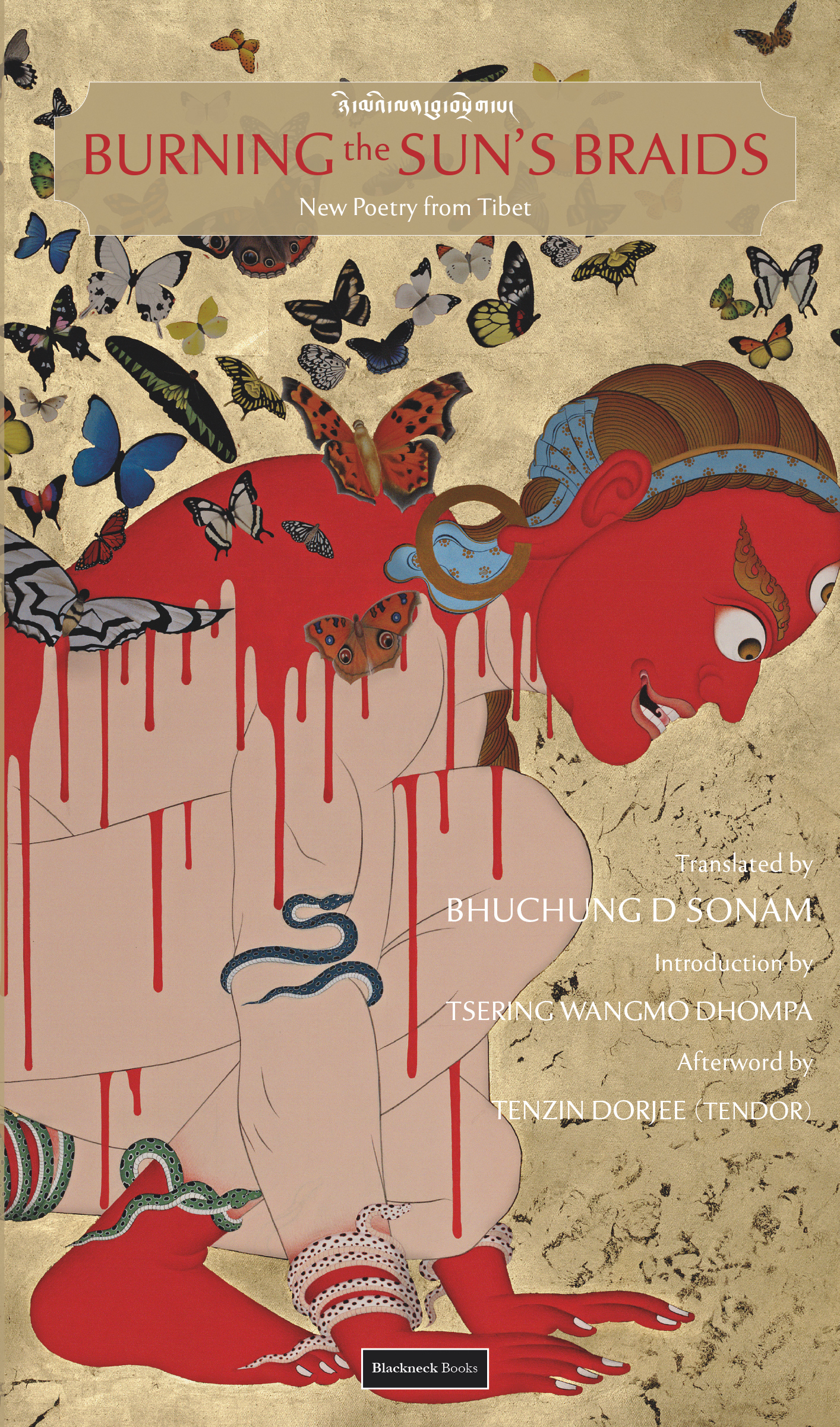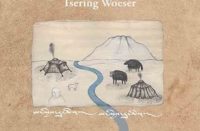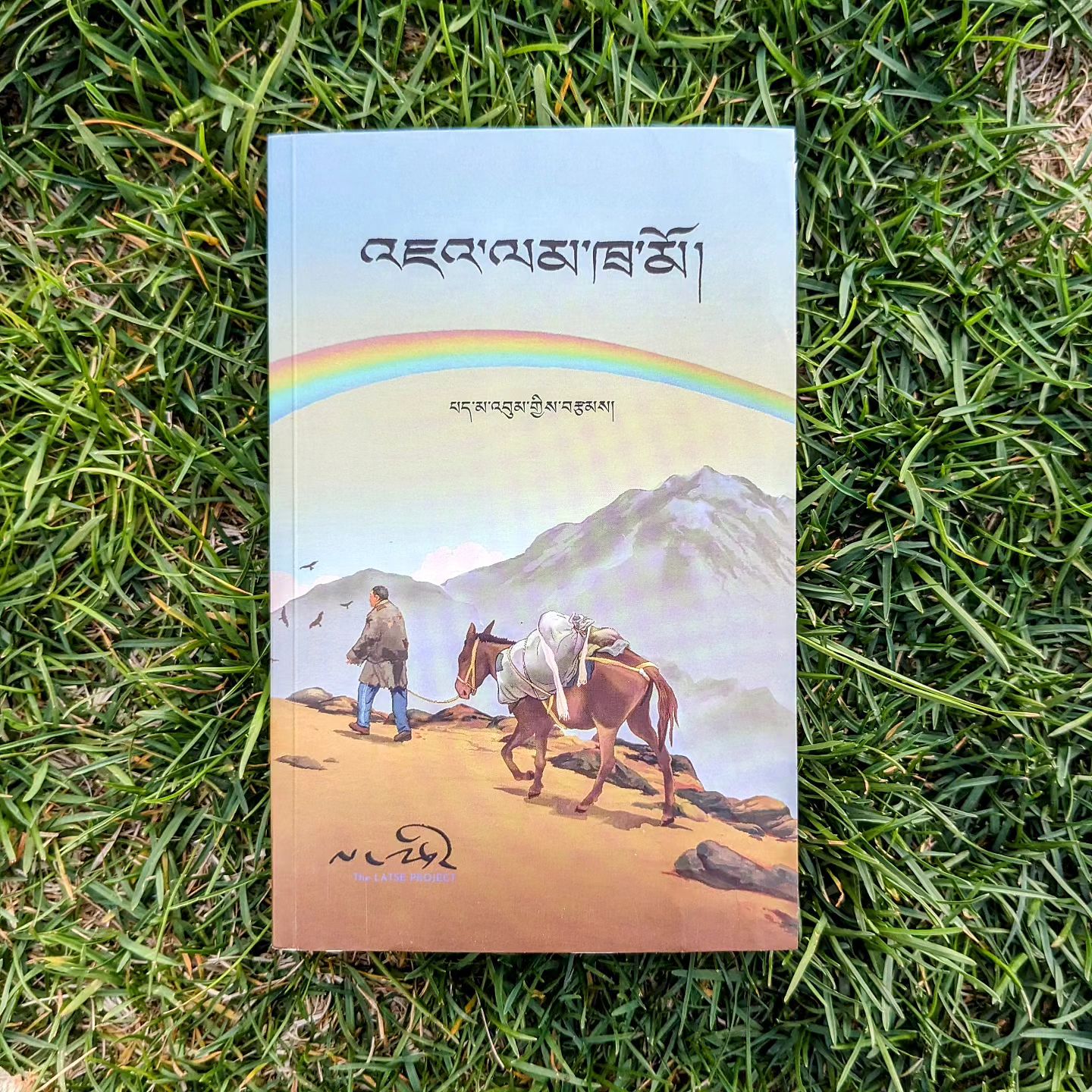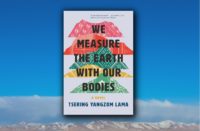
In anticipation of the Summer 2019 edition of the Tibet Reading List (coming soon!), High Peaks Pure Earth presents a new review by Kalsang Yangzom of Bhuchung D. Sonam’s translated anthology of poems “Burning the Sun’s Braids: New Poetry from Tibet”.
Burning the Sun’s Braids was published in 2017 and we’re happy to add one more review to the already existing ones by Tenzin Dickie, Lowell Cook, Snehal Vadher and Niyati Bhat. The video of the book’s launch event in Delhi featuring both Kalsang Yangzom and Bhuchung D. Sonam is available to watch on YouTube here: https://youtu.be/6vjS2o956M0
Read three poems from the anthology here: https://scroll.in/article/855910/three-poems-of-longing-despair-and-hope-from-tibet-that-tell-the-inner-stories-of-its-people
Book Review – “Burning the Sun’s Braids: New Poetry from Tibet”
By Kalsang Yangzom
“Poetry is the lifeblood of rebellion, revolution, and the raising of consciousness.” – Alice Walker
Poetry speaks to the soul, to those inner workings of our hearts and mind that cannot be quantified, capable of inspiring revolutions, soothing troubled minds and providing courage in times of despair. One such collection of poetry is Burning the Sun’s Braids, published in 2017 by Blackneck Books. It is an anthology of poems beautifully translated from Tibetan into English by Bhuchung D. Sonam and contains the works of thirteen contemporary poets from Tibet, which include Kyabchen Dedrol, Theurang, Khawa Nyingchak, Gartse Jigme, and Chen Metak.
Tibetan poetry, specifically secular poetry, whether written in Tibet or in the diaspora, is a relatively understudied area in Tibetan studies. Except for the works of Dhondup Gyal, the Sixth Dalai Lama and some others, most of Tibetan secular poetry has managed to generate only limited enthusiasm and scholarship from Tibetologists. It is, however, gradually seeing a rise in interest as a part of contemporary Tibetan literary studies that consists of short stories, novels, and biofiction. This collection of poetry is a much-needed addition to the corpus of contemporary Tibetan literature, and a testament to the steady growth of demand for literature written by Tibetans.
The poems in the book display modern continuities with the past, in the form of themes and imagery that have undergone a 21st century makeover. However, the poems are not a simplistic reproduction of familiar images but depict the poets’ innovation and experiment in engaging with images and concepts such as identity, belonging, home, nation, and freedom that have grappled Tibetans all over the world. In Dhi Lhaden’s ‘My Vision of Potala’ (79), we encounter the grand Potala Palace that was built for the Dalai Lamas, an enormous structure that dominates the Tibetan skyline as well people’s idea of Tibet. In the poem, Lhaden moves away from the sacred and the mythical history of the palace and remembers or rather recasts Potala as a “freshly ambushed battleground”, “The one built with sweat and blood of our ancestors”, where on can hear the “laughter of people shackled and chased with whips”. Lhaden imbues the palace with a raw corporeal feel appropriate for a site that witnessed the 1959 Tibetan National Uprising in Lhasa.
Similarly, Lhasa, the sacred city is transformed in Theurang’s ‘Today, I Wish to Offer Three Prostrations Towards Lhasa’ (38). Gone are the serene streets and daily bustle, instead we are sharply made cognizant of the atmosphere of oppression, surveillance, and suspicion that has become the new norm in the city of gods. The mind, however, is that last frontier that these poets refuse to give up. Theurang proudly claims that “I alone am the owner of these thoughts.” and poetry becomes the medium of articulating those thoughts, “Because I have so many things to tell,/ Because I have joys, sorrows, and resentments.” The role of poetry seems implicit here, as a balm against the raging unfairness and inequality of it all, as a corrective for amnesia and forgetting, but most importantly as a way to document and preserve the past as well as the present.
The imaginative diversity of the poems expresses the interiority of common people in their everyday struggles, not those of grand revolutionaries or heroes. The courage needed for survival is brought into focus in ‘Writing Rungye Adak’ (50). Theurang writes a common hero into literary and cultural existence, memorializing him in the natural landscape of Tibet – Adak is in its rocky hills, rivers, and wild yaks, he is, as the poet continues,
“… a Tibetan
Born of a Tibetan race,
Who resembles stone pillars
That have never tumbled to the ground.”
The poets are chronicling lives lived, of people as they negotiate with grand, national imperatives thrust upon them in the name of development, literacy, and modernization that hardly seem to benefit them. In these poems we see a Tibet that is battling with the loss and pain of enforced changes as well as that of the larger implications of a rapidly globalizing world. The upheaval, to people and environment, caused by incessant ‘development’ and the construction of the “World’s highest bullet train” are depicted, with urgency, anger, sadness, and defiance in the poems of Chen Metak, Theurang, Kyabchen Dedrol, and Nyen.
The poems move beyond the euphoria of development and show us the real cost of such change and the poets seems to realize that old expressions and metaphors are not enough to express this current reality. Dhung, in his poem, ‘Further Investing for this man’ (74) seems to speak for the rest in his acknowledgement of
‘The new poetry, unrefined
And with uncertain melody,
To which the new generation bind their love.’
The refreshing newness of these poems can be seen in its very structure. Both, Chen Metak and Chakmo Jam play with the poetic form, the former imbuing it with a staccato ending and the latter, foregoing poetic verse for a prose like compression that serves to highlight the density of her themes.
Even though the anthology is aimed at the English reading public, the inclusion of the original Tibetan verses are a welcome addition, especially for those bilingual readers keen to experience the joy of the poems for themselves. Bhuchung D. Sonam’s translation is not limited to providing a faithful or authentic translation but manages to engage the non-Tibetan readers unfamiliar with the Tibetan literary landscape through his poetic acumen. Translating the cultural ethos embodied in the poems in another language is a difficult task that has been fulfilled exceptionally well by Sonam, be it in his choice of words, expressions or in the turn of phrases employed. One could not have hoped for a better translator, adept as he is in finding appropriate equivalents in the target language. Footnotes on certain Tibetan terms, mythical/political figures, and places significantly enhance the understanding of the poem for such readers and make the book an engaging read for all poetry enthusiasts.
The only thing amiss is the lack of women’s voices in the anthology, where save for Chakmo Jam, all the other poets are men. Inclusion of women’s oft-neglected voice would have greatly enhanced this otherwise path breaking collection of poetry. However, we must keep in mind the constraints of acquiring such works from Tibet, given its political climate but nonetheless, one can hold on to the hope of seeing the inclusion of diverse literary voices in the future. Bridging the gap between author and reader, across literal mountains, and making their work accessible to a wider audience is an exemplary task. Burning the Sun’s Braids is the beginning of a long and fruitful exercise, in poetic creation, translation, and publication that one hopes will lead to more such literary endeavors.
Kalsang Yangzom is an Assistant Professor at the Department of English at Indraprastha College for Women, University of Delhi. Her research is primarily focused on the study of Tibetan Anglophone literature from the diaspora. Her other interests include popular literature and science fiction. She has published her works in Tibet Journal and in books by the Department of Education, Central Tibetan Administration as well as written literary study materials for Indra Gandhi National Open University. Her essay on Tenzin Tsundue’s poetry is forthcoming.





Follow Us!